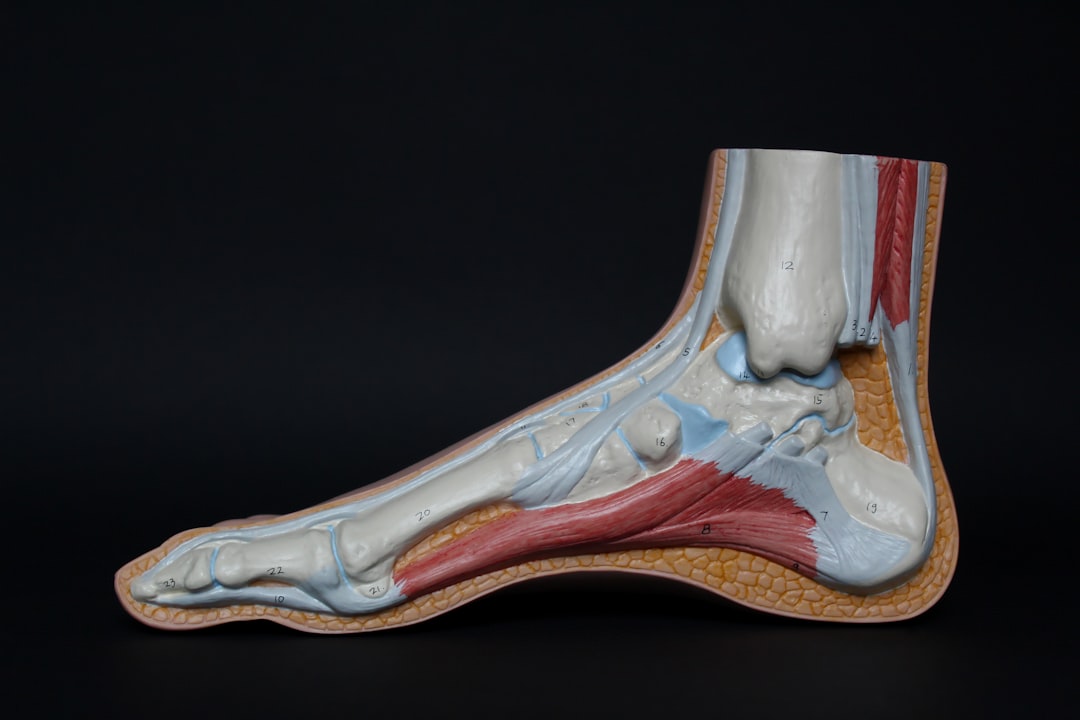What is it about?
The emergence of antibiotic-resistant Escherichia coli infections in humans has led to a curiosity about the environmental reservoirs of these non-enteric pathogens. Since 80% of the cases of foodborne illness are not associated with a known etiological agent, it has been postulated that antibiotic-resistant extraintestinal E. coli may be transmitted to humans through food, where they may cause either gastrointestinal or non-gastrointestinal infections. Avian Pathogenic E. coli, mainly found in poultry, share many virulence factors with extraintestinal pathogenic E. coli (ExPEC). The consumption of ExPEC in foods may potentially lead to FUTI’s – foodborne urinary tract infections. This article describes the virulence factors in common between APEC and ExPEC and comments on potential routes of ExPEC transmission to humans.
Featured Image
Read the Original
This page is a summary of: Old Friends in New Places: Exploring the Role of ExtraintestinalE. coliin Intestinal Disease and Foodborne Illness, Zoonoses and Public Health, April 2015, Wiley,
DOI: 10.1111/zph.12194.
You can read the full text:
Contributors
The following have contributed to this page










